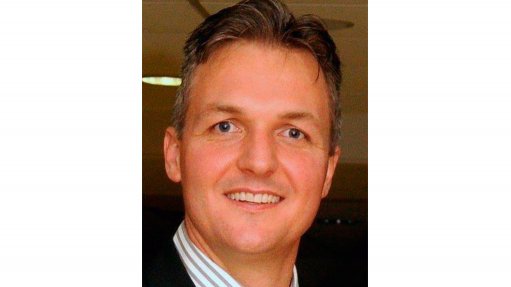
The Water & Environment sector of SMEC is engaged in a range of projects in South Africa, demonstrating its experience and track record in this highly competitive sector. Apart from its general capabilities, the Water & Environment sector also boasts specialist skills such as hydrology and water resources. “We have excellent design and modelling capabilities, and conduct a lot of assessments and optimisation of systems,” Nicholas Rowse, Manager, Water & Environment, SMEC International, highlights.
In terms of the latter, Rowse comments that a lot of water infrastructure implemented in the early 1970s and 1980s in South Africa is now under-capacity. “It is imperative to assess this existing water infrastructure and to find optimal solutions for either maintenance or implementation of parallel systems in support of that infrastructure.”
While a lot of existing water infrastructure in South Africa is reaching the end of its expected design life, Rowse cautions: “It does not mean it is falling apart; a lot of the infrastructure could continue to service communities for quite a long time.”
A good starting point could be improved management and replacement of outdated technology. “The water infrastructure is over-utilised, so how does one implement alternatives? How does one reduce that utilisation or implement an alternative strategy that would reduce service delivery risks?” Rowse questions.
An example of SMEC’s proactive approach to such challenges is its involvement with the upgrade of the Hector Morris Pump Station, south of Johannesburg for client Johannesburg Water. Built over 20 years ago, Rowse notes that the original designs were highly competent. “What has happened in the interim, however, in terms of technological development is that we can reduce the power consumption of that pump station by over 30%,” Rowse reveals. This can be achieved by implementing modern technology such as new pumps coupled with an efficient pump-management system. “A major focus of our work is government departments and utilities. We are growing that space and are starting to gain some traction,” Rowse stresses. “Our project performance to date stands us in good stead to continue to expand on that.”
Urban centres are perceived as important growth areas. “Urbanisation and population growth coupled with over-utilised infrastructure and service delivery backlogs increases the demand for utility services, particularly on the sanitation side. In many areas, people have received or have some degree of improved water service. However, the improvement of sanitation services is lagging.”
Rowse comments that wastewater services and potable water provision both have their challenges. “Sanitation has broader implications in terms of treatment, as local communities are faced with health risks if systems are not adequately managed or fail.” SMEC is continually researching innovative approaches for its clients in this sector, Rowse points out. The competitive advantage of the Water & Environment sector at SMEC is that it focuses on a total systems approach. “We strive to implement the most innovative and effective solutions for our projects. This does not necessarily imply the best and latest technology; it just means appropriate technology.”
Apart from its work on the Hector Morris Pump Station, SMEC has also been awarded the detail design and site supervision contract for Phase Two of the Vlakfontein Canal rehabilitation project by the Department of Water and Sanitation, following the successful completion of Phase One of the project in early 2014. Located between Standerton and Secunda in Mpumalanga, the Vlakfontein Canal System is a critical strategic point as it supplies water to two of the country’s largest energy suppliers, Eskom and Sasol. Constructed in the 1970s, the canal transports raw water pumped from Grootdraai Dam at Standerton to the Grootfontein Pump Station, 37 km away. The overall aim of the project to rehabilitate sections of the canal in a pre-determined order to reduce the risk of failure in the future. As the canal cannot be out of operation for prolonged periods, the rehabilitation project will take place over four to seven years.
“Apart from design services we also provide strategic support to clients such as the Harry Gwala District Municipality on its water and sanitation services,” Rowse adds. The Water & Environment sector is also responsible for several water and sanitation projects in Southern Africa involving master planning, water and wastewater treatment, bulk sewer outfall design and upgrade of water and sanitation services to urban areas.